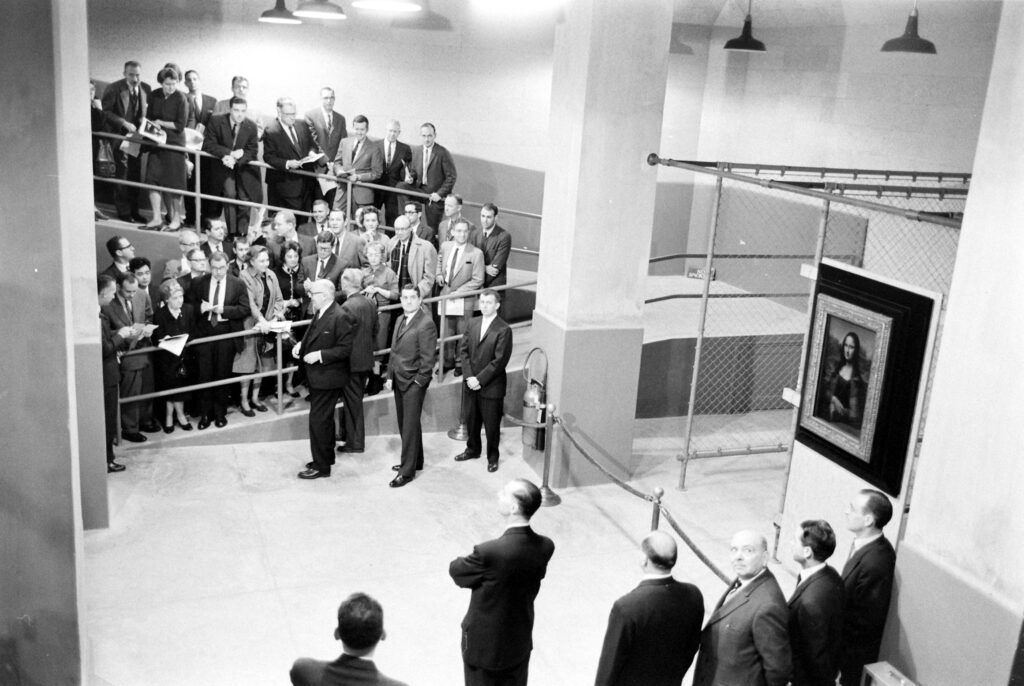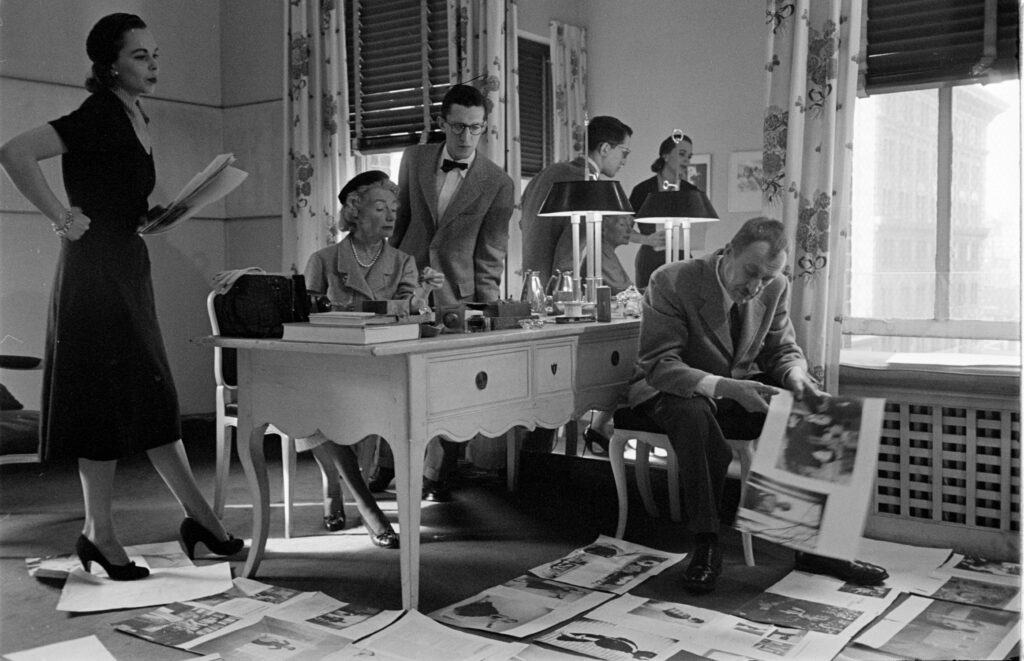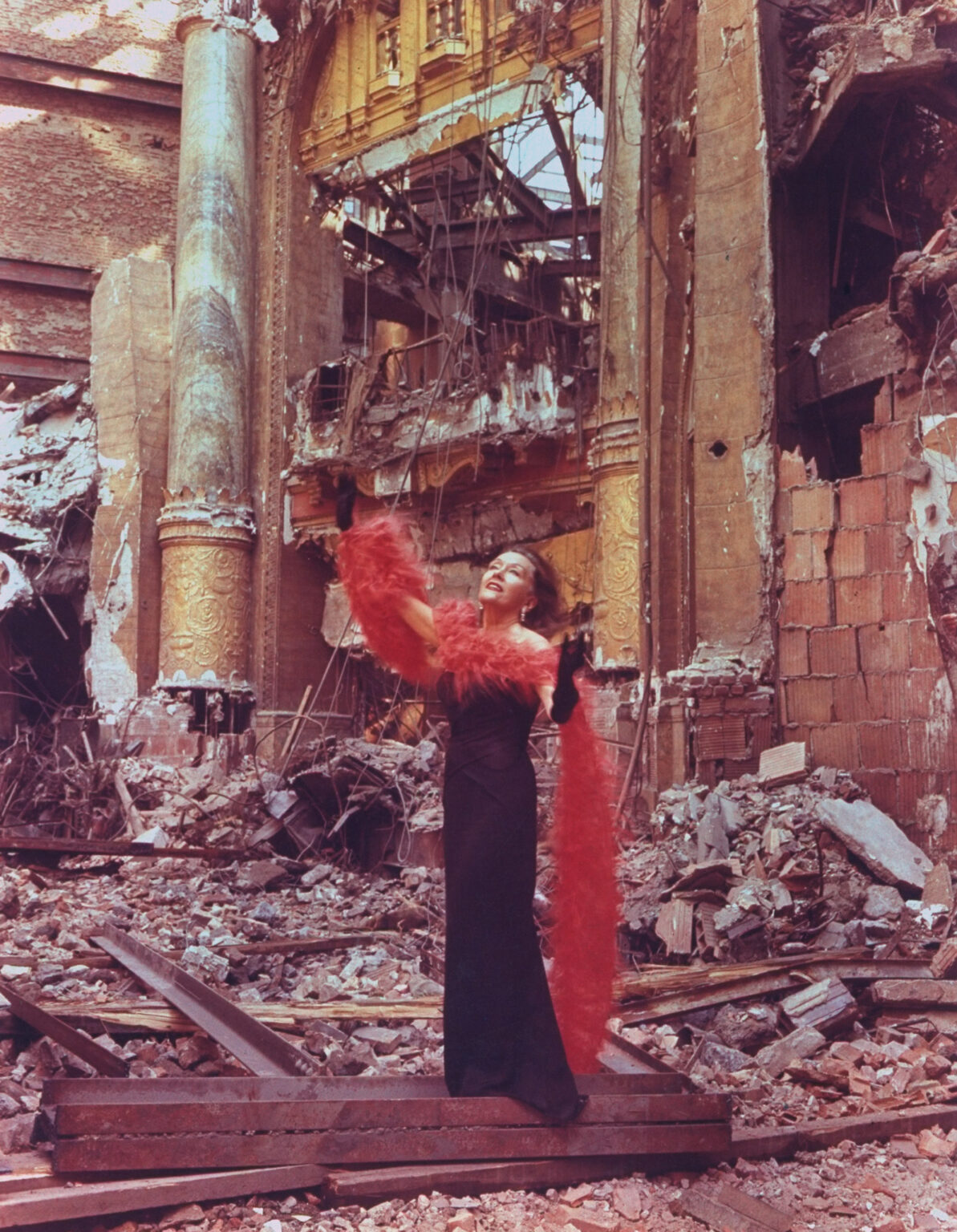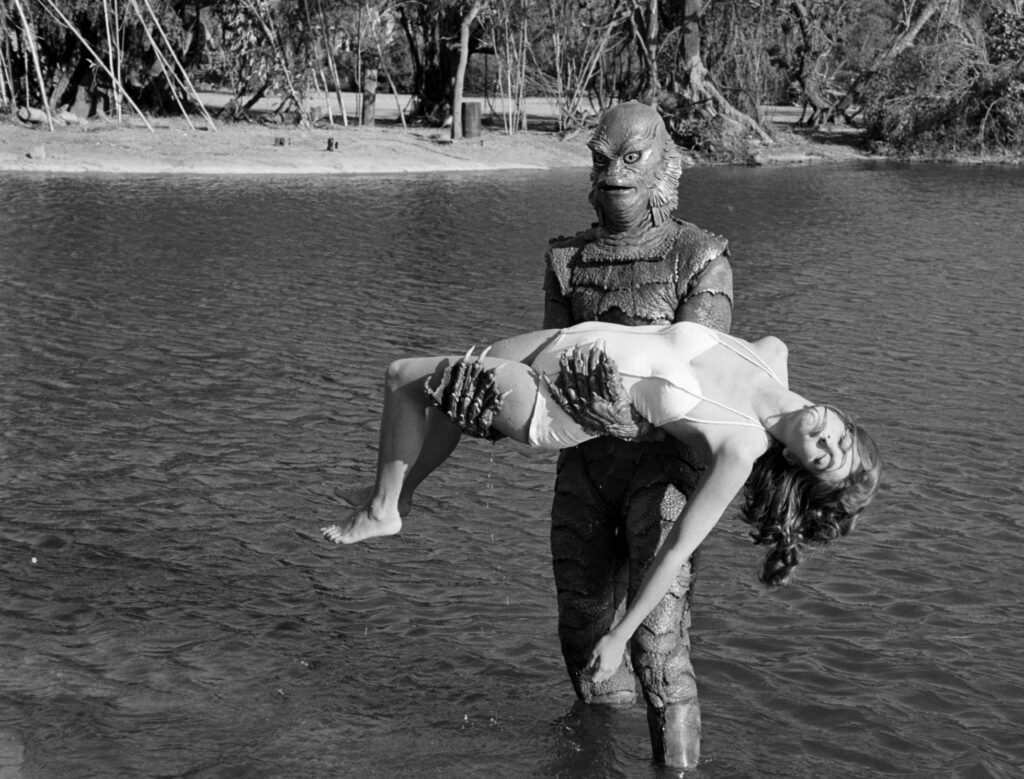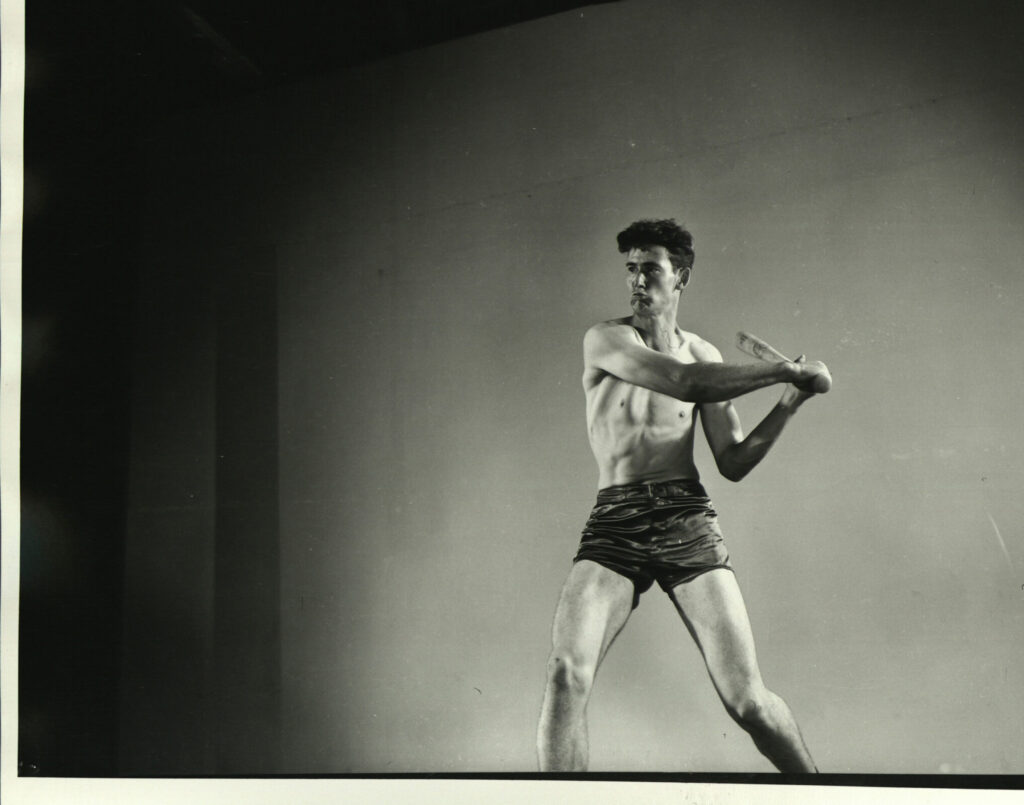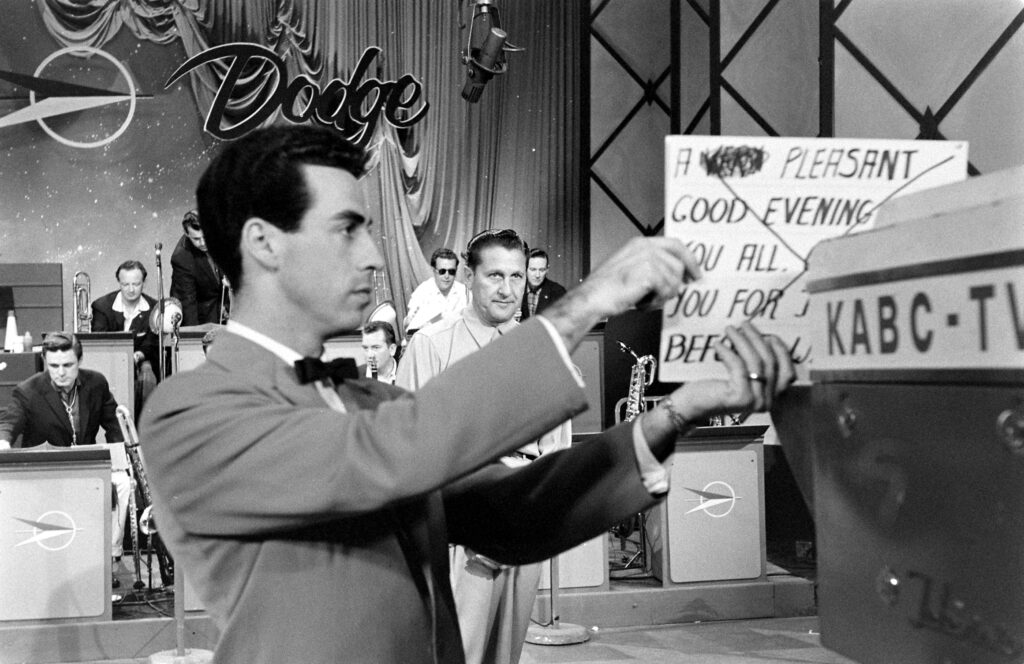Written By: Liz Ronk
In February 1952, when (as LIFE magazine phrased it) “a gay and gaudy invasion” of athletes descended on Norway’s capital, Oslo, to take part in the sixth Olympic Winter Games, “a select band of winter warriors paused there only long enough to catch their breath and another train.”
Leaving behind the main force of 1,200 athletes, this small group pushed on north to a sterner battleground. These were the true daredevils of winter sport the downhill ski racers. Their destination, 62 miles from Oslo, was Mount Norefjell, a snow-capped peak whose terrain is considered rugged enough for the most hazardous of all Olympic events. No sport on earth matches in danger the downhill race: the course at Norefjell drops a breathtaking 2,400 feet in a mile and half.
Among the men en route there this week, with less chance of winning a race than of losing a limb, was the underdog eight-man American team. All in their 20s and pink-faced from weeks of outdoor training, they included three college boys from New England, a lumberjack from the Pacific northwest, a ski-tow mechanic, a yeoman 2/c on leave from the U.S. Navy, an Air Force private and one fellow who had no other occupation than skiing for the fun of it. With them in the role of keeper was one middle-aged Frenchman named Emile Allais, their trainer and technical adviser.
Norefjell looks no more formidable than a dozen other mountains they have conquered: it is no tougher than the “rock garden” at Sun Valley or skiing down the side of the Empire State Building.
LIFE was right, in the end, in its estimation of the team’s chances in Norway or rather, LIFE was right about the men’s chances. No one on the American men’s ski team medaled in 1952. But a young native Vermonter on the women’s squad, 19-year-old Andrea Mead Lawrence (a future National Ski Hall of Fame inductee), made up for the dearth of laurels on the male side, winning gold in both the Slalom and Giant Slalom.
Here, LIFE.com presents photos of the men’s squad by George Silk as they trained for the ’52 Oslo games in Squaw Valley, California. These pictures that capture the rigor and the beauty of, as LIFE put it, “the most hazardous of all Olympic events.”

American skier Jack Reddish training for the 1952 Oslo Winter Olympics, Squaw Valley, California, 1950.
George Silk Time & Life Pictures/Shutterstock

A skier trains for the Olympics, Squaw Valley, California, 1950.
George Silk Time & Life Pictures/Shutterstock

American skiers in training, Squaw Valley, California, 1950.
George Silk Time & Life Pictures/Shutterstock

Original caption: ” “Over the edge and seemingly off into space goes U.S. Olympic team member Dick Buek at Squaw Valley. On straight drops skiers have gone 73 mph.” Buek, an adrenaline junkie nicknamed “the Madman of Donner Summit,” died at the age of 27 in a plane crash.”
George Silk Time & Life Pictures/Shutterstock

Skiers train for the 1952 Winter Olympics, Squaw Valley, California, 1950.
George Silk Time & Life Pictures/Shutterstock

“Avalanche of men and snow plunges down steep side of mountain at Squaw Valley in California as American team gets ready for the Olympics. This dramatic picture was taken in early morning before the sun had touched the snow.”
George Silk Time & Life Pictures/Shutterstock

U.S. Olympic skier training in Squaw Valley, California, 1950.
George Silk Time & Life Pictures/Shutterstock

U.S. Olympic Skier training in Squaw Valley, California, 1950.
George Silk Time & Life Pictures/Shutterstock

A skier trains for the Olympics, Squaw Valley, California, 1950.
George Silk Time & Life Pictures/Shutterstock









